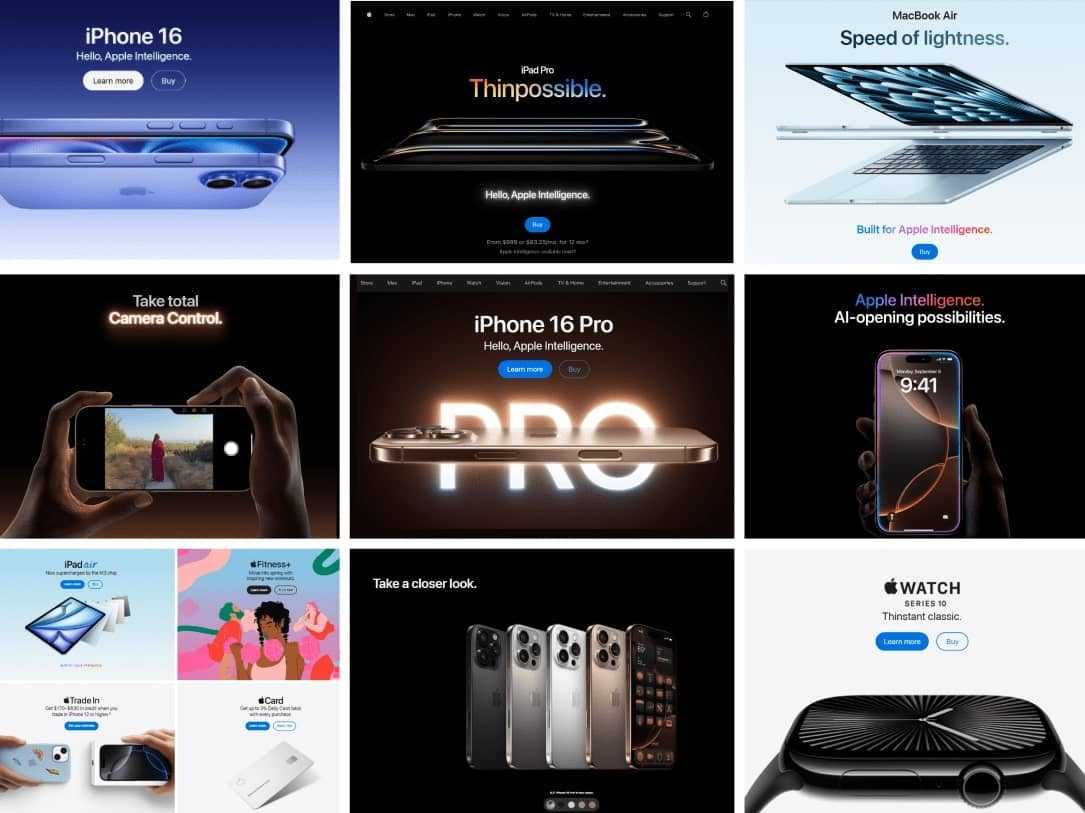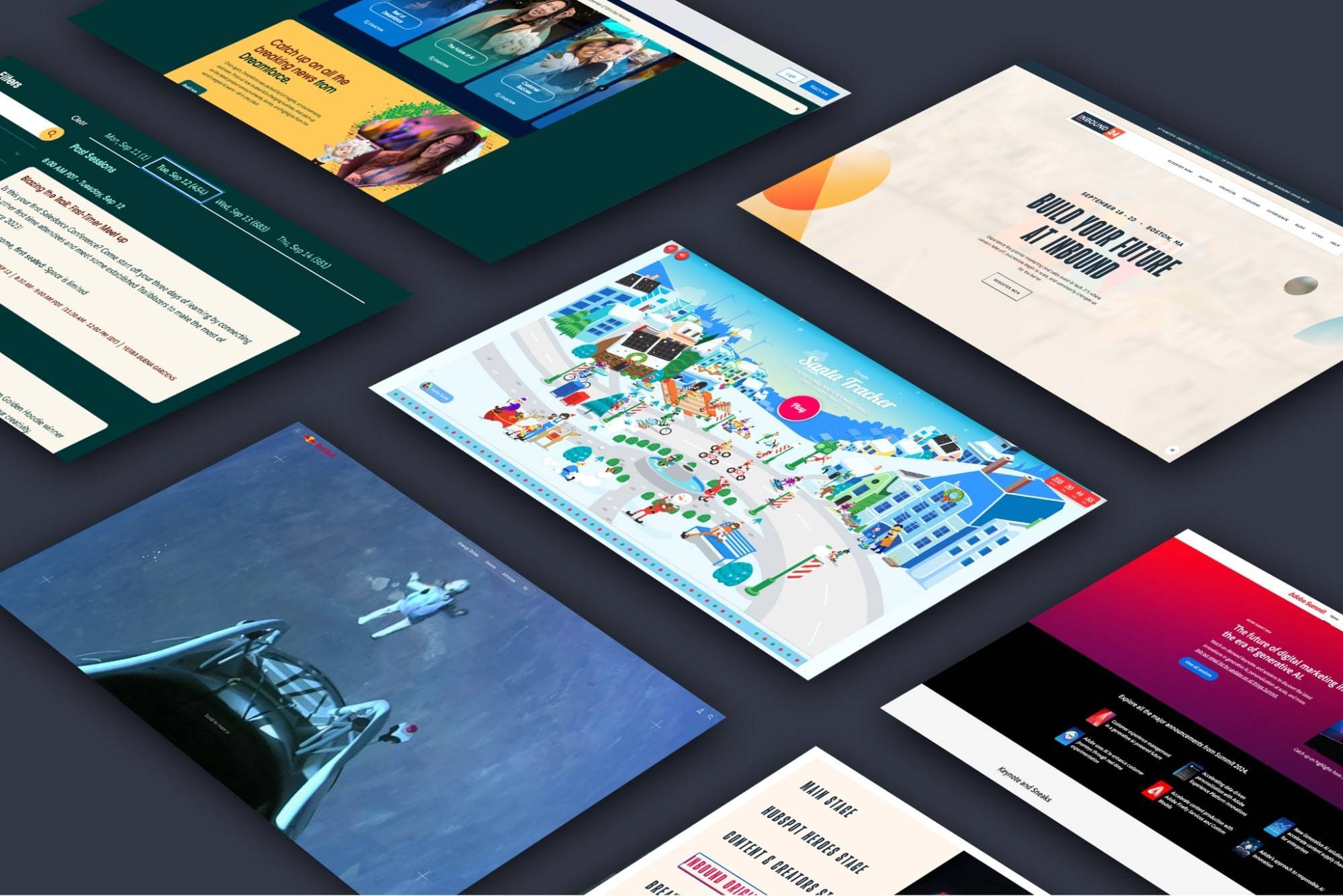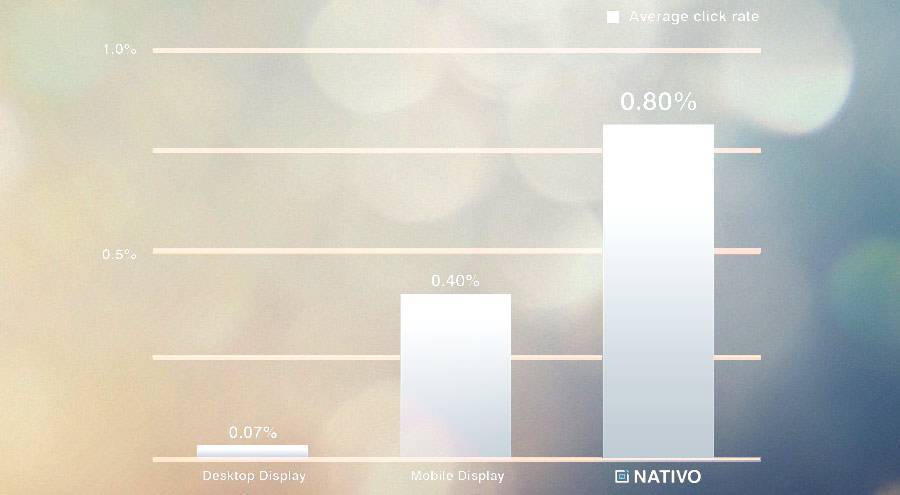

A Beginner's Guide to Native Advertising
Last month, the Internet claimed another victim. Citing the "rapid ascendance of digital media and changing consumer content preferences," Harris Publications, a 40-year-old New York-based publisher notified employees that they would be closing their doors.
It's been a bad decade for traditional print media. Magazine publishers and newspapers have historically relied on advertising revenues to stay in business. In the early 2000's, when consumers started realizing they could find the same content online, but for free, consumers stopped subscribing and the advertisers followed suit.
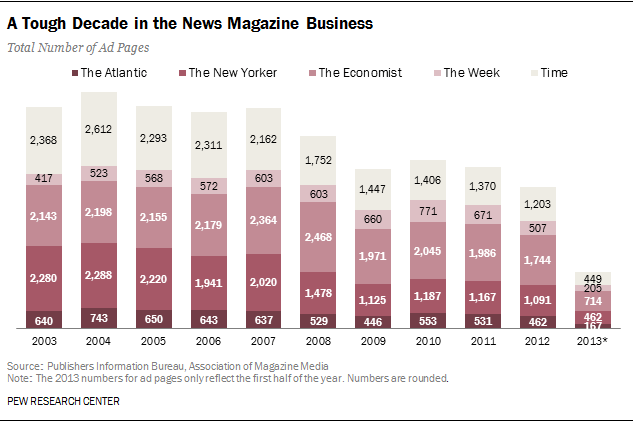
A History of Digital Display Advertising
Publishers who survived these tumultuous times did so by fundamentally changing their business strategy. Internal sales teams were reorganized to focus on digital, selling direct display advertising for the online versions of their publication.
Soon after, some savvy entrepreneurs realized that there was room in this equation for a middle man. This "middle man," which we now know to be an ad network -- helps to link publishers, who have excess ad inventory, with advertisers, who have ad creative in need of a home. Ad networks manage a central ad server that enables the targeting, tracking and reporting of impressions.
Innovations in contextual targeting led us to the next revolution in display advertising, programmatic ad buying. Using artificial intelligence and real-time bidding, advertisers are now able to automate the decision making process for where their ads should be displayed. Programmatic ads of today are much smarter than display ads of the past and increasing click through rates seem to support this claim.
Based on the past decade of change, it would be naive to suggest that programmatic ads are the final evolution of display advertising. Promising technology is always just around the corner and there is reason to believe the next revolution might be related to native advertising.
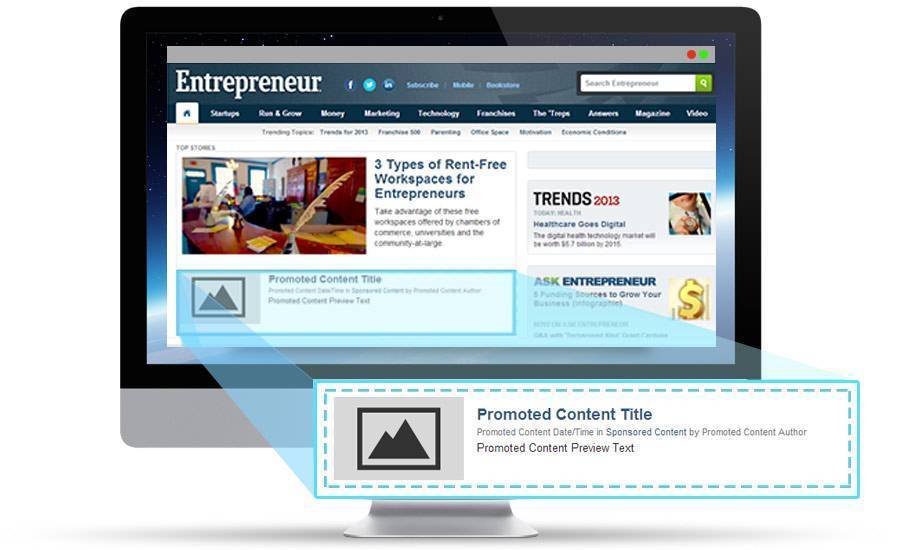
What is Native Advertising?
Native advertising is a form of paid media where the ad experience mimics the design and user experience of the website where it is placed. Rather than stand out as a distinct banner ad that directs users to the advertiser's third party site, native advertising imitates the form and function of existing content and in many cases, links to content within the publisher's site.
Native Advertising vs. Sponsored Content
Although the concepts are related, native advertising should not be confused with sponsored content. According to Sharethrough, a native advertising company, the differences between these two concepts can be summarized by the following distinctions.
Sponsored content is a type of content created by the publisher on behalf of the brand. It tells a full story about the brand with the goal of encouraging the reader to spend more time with the content.
Native advertising is a type of advertising created and manage by a technology supplier. It is a snippet of a story designed to grab the attention of a reader and impart an idea about the brand to readers who don't normally click through. It encourages the reader to dive into the full story.
Types of Native Ad Integration
Native advertising is EVERYWHERE. Chances are high that you've clicked on a native ad within the past week and not even realized it. The IAB Native Advertising Task Force established six core native ad formats.
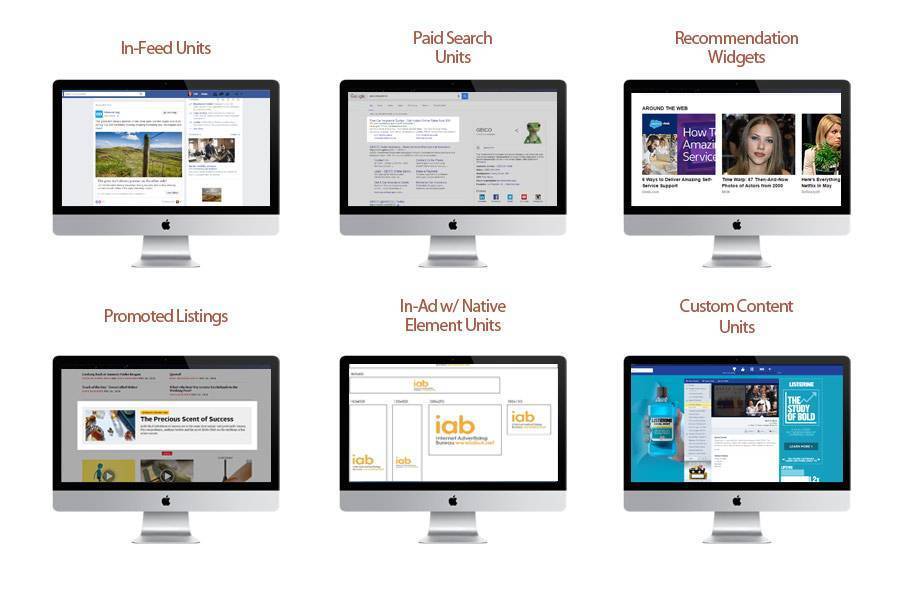 Facebook's In-Feed "suggested posts," Google's "paid search listings" and The Atlantic's "recommended articles" are all examples of native advertising. What makes native advertising so effective?
Facebook's In-Feed "suggested posts," Google's "paid search listings" and The Atlantic's "recommended articles" are all examples of native advertising. What makes native advertising so effective?
Why Native?
New technology is being developed every day to facilitate the distribution and optimization of native advertising campaigns. Among these technologies are companies like Nativo.
Using a native advertising platform like Nativo, advertisers are able to create content that can intuitively adapt and reformat itself to the appearance of the site, app and device that it will be displayed. Content of the native ad is contextually matched to the publication to ensure relevancy.
Increased engagement - As opposed to traditional display ads that direct users off site, consumers who click on a headline or article brief of a native ad are taken to a full article hosted on the publication's site. This provides a better user experience for the consumer and keeps the engagement within the confines of the publication. Consumers reportedly spend an average of 90 seconds on the content landing page.
Easy to manage, control and scale - Most native advertising platforms allow advertisers to target their campaigns using contextual, geographic, device and network targeting. Ad copy and imagery can be multivariate tested to discover the best combination to drive engagement.
Mobile branding - 97% of mobile media buyers report that native ads were very or somewhat effective at achieving branding goals.
Purchase drivers - Native ads registered 18% higher lift in purchase intent than banner ads.
Better response rate - Nativo claims that native advertising offers 10-30x the response rate of desktop display.

The future of display advertising is unknown, but we expect that native advertising will be a part of it for years to come.
